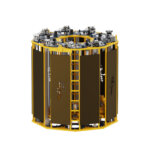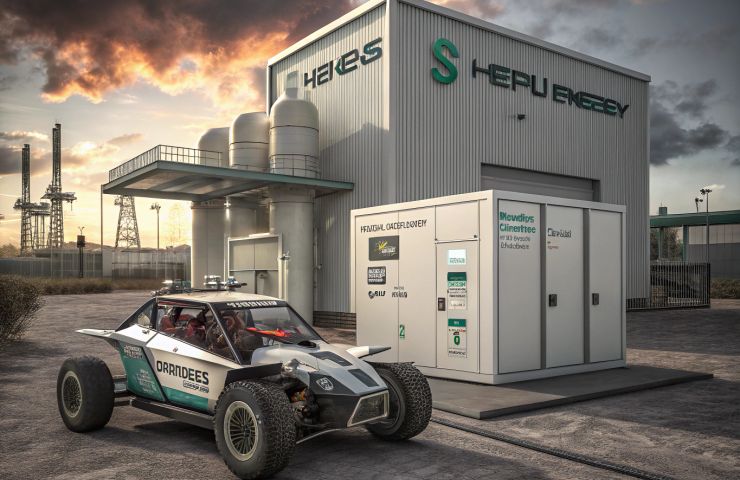India’s Solar-Electrochemical Leap: CeNS Unveils Scalable Device for Green Hydrogen Production
CeNS scientists in India have developed a novel solar photoelectrochemical device that generates scalable green hydrogen using only sunlight and earth-abundant materials—a breakthrough that could reshape India’s Hydrogen Mission targets.


India’s Centre for Nano and Soft Matter Sciences (CeNS), with backing from the Department of Science and Technology (DST), has rolled out a game-changing solar-powered device for green hydrogen production. What makes this breakthrough even more exciting is the use of a silicon-based photoanode featuring a specialized n-i-p heterojunction structure (that’s TiO₂ – intrinsic silicon – NiO for the tech-savvy), fabricated using a process called magnetron sputtering—a technique that’s not just efficient, but also well-suited for scaling up in real-world industries.
Real-world testing puts the tech to the test
The prototype went through its paces at the CeNS labs in Bengaluru, logging over 10 hours of continuous operation with barely any drop in performance. That’s a pretty big deal—especially for those keeping an eye on scalable and cost-effective solutions for solar hydrogen. It’s shaping up to be a serious contender in the race toward large-scale green hydrogen solutions.
Pushing forward India’s hydrogen future
This innovation ties in directly with India’s big-picture plan—the National Hydrogen Mission. The nation is aiming high, with goals to churn out 5 million tonnes of green hydrogen by 2030 and generate more than 600,000 clean energy jobs. With a supportive push from the government, smart policy shifts, and a budding hydrogen infrastructure, this fresh tech from CeNS could become a major force behind decarbonizing transport, power, and heavy industries—not just in India, but on the global stage too.
What's Your Reaction?


























































